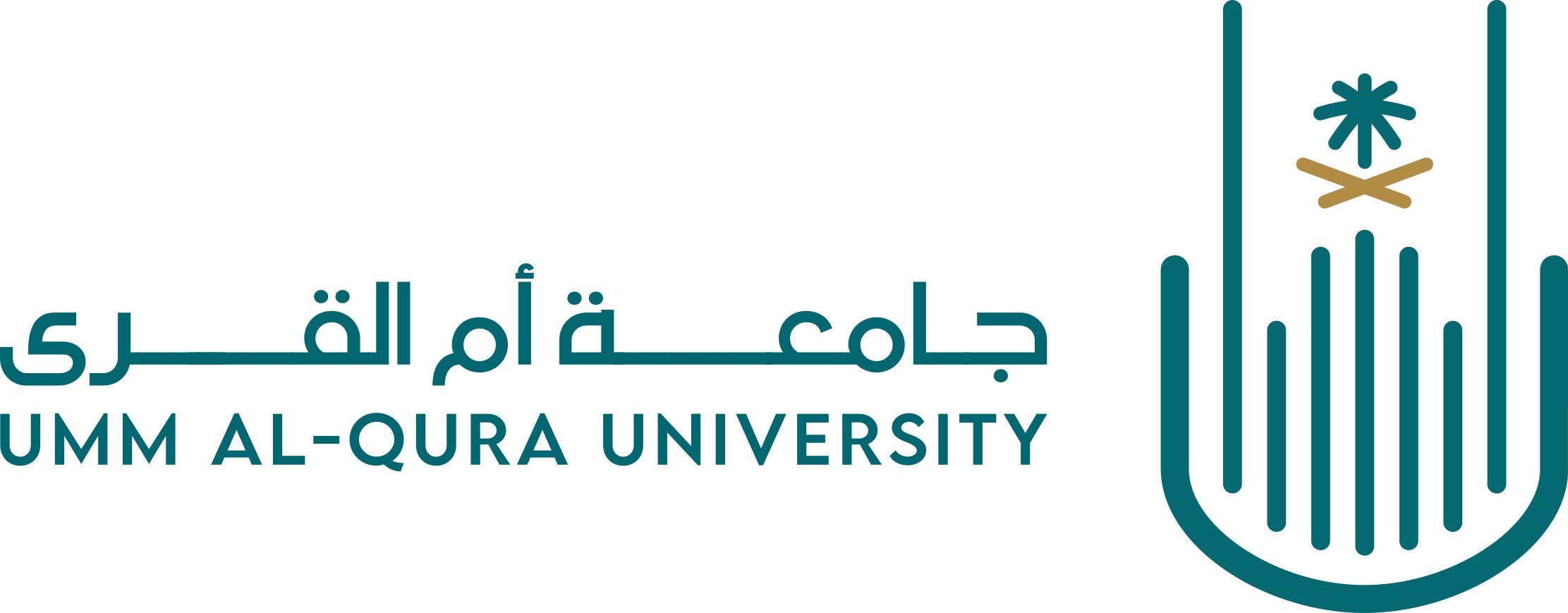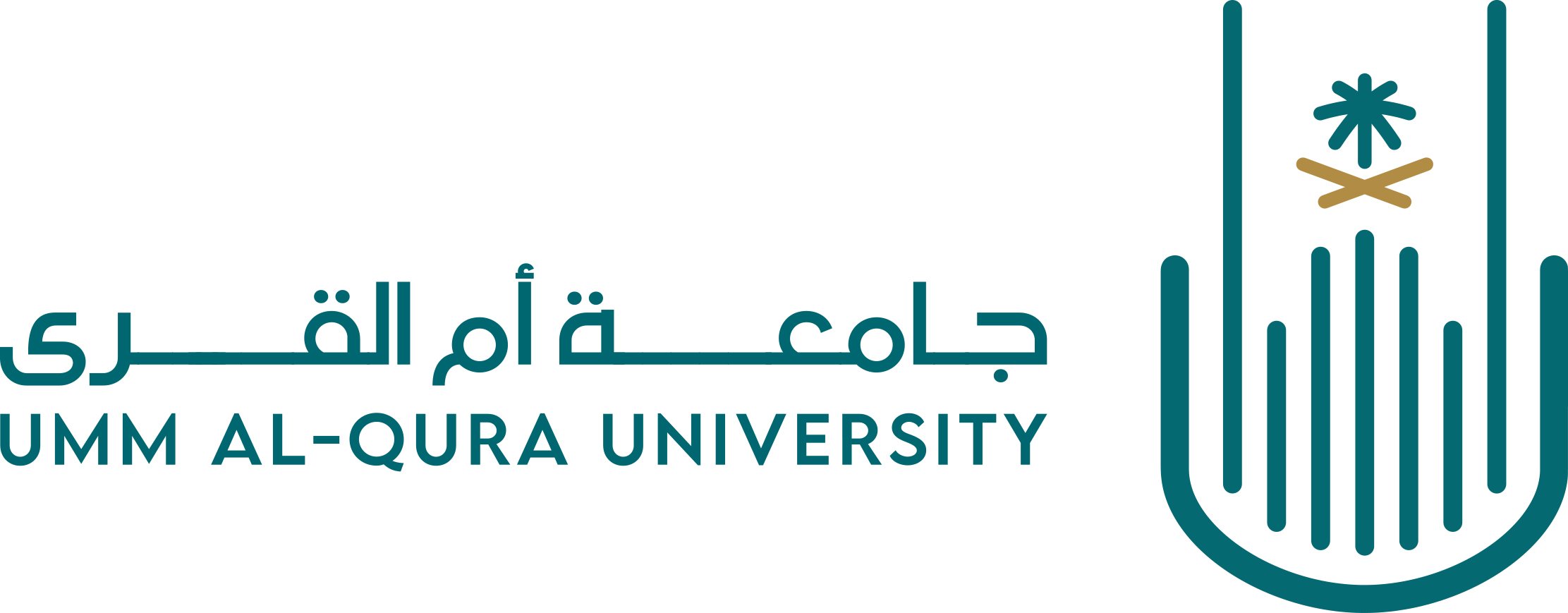- Communities& Collections
- Browse Items by:
- Issue Date
- Author
- Title
- Subject
هل من الممكن أن تنبئ الحالة التغذوية للمريض الحاج وجنسيته عن سبب مرضه ومدة بقائه في المستشفى؟
Every year, Makkah hosts millions of Muslims from around the world to perform hajj (pilgrimage); this increases the burden on the health care facilities. The aim of the study was to assess the nutritional status of Hajj patients admitted at the medical department, Al Noor hospital, Makkah, and its relation to the cause of admission and hospital length of stay (HLOS). Patients and methods: 163 patients were admitted during the hajj season (1st - 15th Zul Hejjah, 1430). All patients were studied as regards the demographic characters, nutritional status, hospital length of stay and cause of admission. Results: The mean age of patients was 59.4 ± 11 yrs, and 57.7% of patients were males. Mean BMI was 23.8 ± 5.6 kg/m2, (45.4% had normal nutrition status, 23.9% had under-nutrition status, 18% were overweight and 12.7% were obese). The commonest cause of admission was respiratory diseases (44.2%) followed by Gastrointestinal diseases (22.1%), Neurological diseases (11%), Diabetes Mellitus complications (10.4%) and other diagnosis (12.3%). The mean HLOS was 3.9±2.47 days and prolonged HLOS (more than 5 days) was reported in 17.8% of patients. Length of stay is significantly more in females compared to males (26% vs11.7%). The shortest duration of HLOS was in normal BMI patients (3.64±2 days), while the longest was with the obese patients (4.52±4.1 days). Patients were coming from 34 countries (6 groups): 31.9% (South Asia), 25.8% (Arabic countries), 23.3% (South East Asia), 11.7% (central Asia), 4.3% (sub-Saharan Africa) and 3% from other areas. There was a statistically significant increase of undernutrition in patients aged 60 ≥ years (84.6% versus 15.4%). MAC, TSF AND MAMC are good indicators of nutrition status (p 0.00). Undernutrition was significantly more in African patients (57%) followed by South East Asian (39.5%) while it was less than 15% in other groups. Also, in undernourished patients, respiratory diseases were more (35%) and neurological diseases were less (5.6%) and in overweight and obese patients, the respiratory diseases were less (21%) and the neurological diseases were more common (61% ). Conclusion: In 1430 Hajj season, 163 patients were admitted at the medical department. The mean age was 59.4 ± 11 yrs, males were more than females (57.7% vs 42.3), 32% came from south Asia, undernutrition was found in 23.9% of patients, while 12.7% were obese, respiratory diseases were the commonest cause of admission (44.2%); it was more common in undernourished and less in obese patients in the reverse to neurological disease. Mean hospital length of stay was 3.9±2.47 days, HLOS was more prolonged in females and in obese patients.
| Title: | هل من الممكن أن تنبئ الحالة التغذوية للمريض الحاج وجنسيته عن سبب مرضه ومدة بقائه في المستشفى؟ |
| Other Titles: | Can patient's Nutritional Status and Nationality Predict the Cause of Admission and Hospital Length of Stay of Hajj Patients Admitted at the Medical Department in a Tertiary Hospital, Makkah |
| Authors: | شاهين, وائل أحمد كلكتاوي, محمود حسن علي, محمد حسن |
| Subjects :: | تشخيص الحالات الصحية |
| Issue Date :: | 23-April-2014 |
| Publisher :: | معهد خادم الحرمين الشريفين لأبحاث الحج والعمرة - جامعة أم القرى |
| Series/Report no.: | أبحاث الملتقى العلمي 14;7 |
| Abstract: | Every year, Makkah hosts millions of Muslims from around the world to perform hajj (pilgrimage); this increases the burden on the health care facilities. The aim of the study was to assess the nutritional status of Hajj patients admitted at the medical department, Al Noor hospital, Makkah, and its relation to the cause of admission and hospital length of stay (HLOS). Patients and methods: 163 patients were admitted during the hajj season (1st - 15th Zul Hejjah, 1430). All patients were studied as regards the demographic characters, nutritional status, hospital length of stay and cause of admission. Results: The mean age of patients was 59.4 ± 11 yrs, and 57.7% of patients were males. Mean BMI was 23.8 ± 5.6 kg/m2, (45.4% had normal nutrition status, 23.9% had under-nutrition status, 18% were overweight and 12.7% were obese). The commonest cause of admission was respiratory diseases (44.2%) followed by Gastrointestinal diseases (22.1%), Neurological diseases (11%), Diabetes Mellitus complications (10.4%) and other diagnosis (12.3%). The mean HLOS was 3.9±2.47 days and prolonged HLOS (more than 5 days) was reported in 17.8% of patients. Length of stay is significantly more in females compared to males (26% vs11.7%). The shortest duration of HLOS was in normal BMI patients (3.64±2 days), while the longest was with the obese patients (4.52±4.1 days). Patients were coming from 34 countries (6 groups): 31.9% (South Asia), 25.8% (Arabic countries), 23.3% (South East Asia), 11.7% (central Asia), 4.3% (sub-Saharan Africa) and 3% from other areas. There was a statistically significant increase of undernutrition in patients aged 60 ≥ years (84.6% versus 15.4%). MAC, TSF AND MAMC are good indicators of nutrition status (p 0.00). Undernutrition was significantly more in African patients (57%) followed by South East Asian (39.5%) while it was less than 15% in other groups. Also, in undernourished patients, respiratory diseases were more (35%) and neurological diseases were less (5.6%) and in overweight and obese patients, the respiratory diseases were less (21%) and the neurological diseases were more common (61% ). Conclusion: In 1430 Hajj season, 163 patients were admitted at the medical department. The mean age was 59.4 ± 11 yrs, males were more than females (57.7% vs 42.3), 32% came from south Asia, undernutrition was found in 23.9% of patients, while 12.7% were obese, respiratory diseases were the commonest cause of admission (44.2%); it was more common in undernourished and less in obese patients in the reverse to neurological disease. Mean hospital length of stay was 3.9±2.47 days, HLOS was more prolonged in females and in obese patients. |
| Description :: | Recommendations: To repeat this study on larger scale and in other hospitals during Hajj and Omrah. |
| URI: | http://dorar.uqu.edu.sa//uquui/handle/20.500.12248/131566 |
| Appears in Collections : | 2-المحور الثاني البحوث البيئية والصحية |
| File | Description | Size | Format | |
|---|---|---|---|---|
| السجل العلمي لأبحاث الملتقى 14-424-447.pdf | بحث - هل من الممكن ان تنبىء الحالة التغذوية للمريض الحاج وجنسيته عن سبب مرضه | 561.15 kB | Adobe PDF |  View/Open |
| Can patient's nutritional status.docx | البحث بصيغة وورد | 72.51 kB | Microsoft Word XML | View/Open |
Items in D-Library are protected by copyright, with all rights reserved, unless otherwise indicated.



Comments (0)